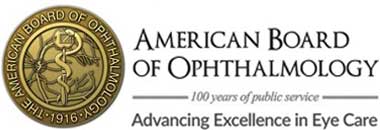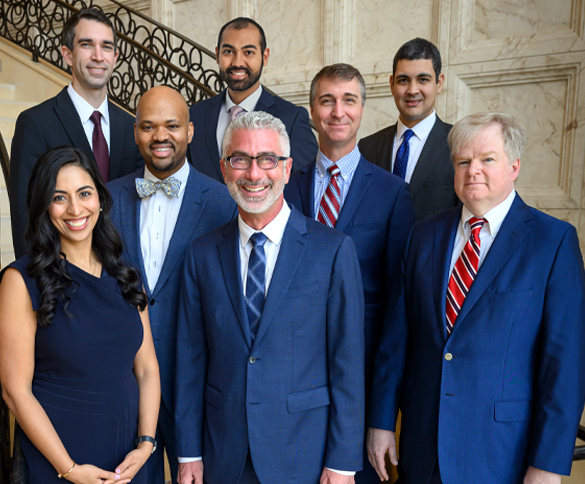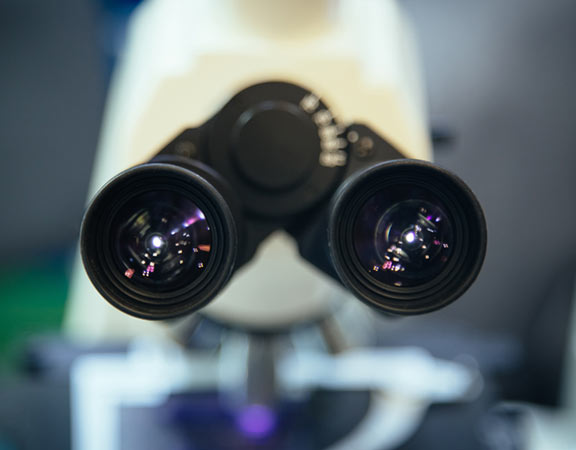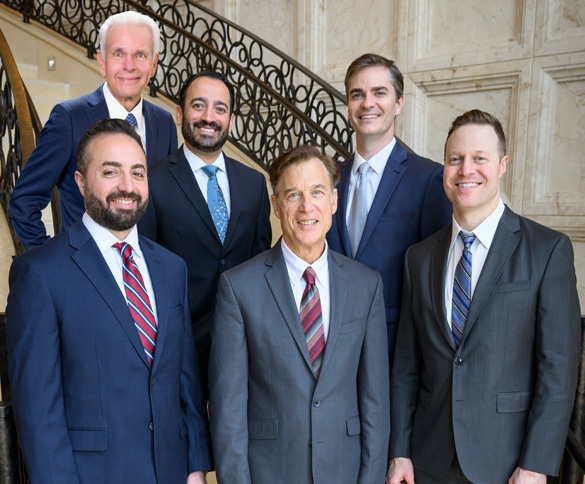For Central Florida Patients
Our Team of Doctors

Alexander C. Barnes, M.D.
Board-Certified, Fellowship Trained
Vitreoretinal Specialist
Diplomates, American Board of Ophthalmology
Diplomates, National Board of Medical Examiners
Positively Vision Focused™
Education
Bachelor of Science, Arizona State University, Barrett Honors College, Tempe, AZ
Doctor of Medicine, Tufts University School of Medicine,
Boston, MA
Internship, Internal Medicine, MetroHealth Medical Center, Cleveland, OH
Ophthalmology Residency, Cleveland Clinic Foundation, Cleveland, OH
Vitreoretinal Surgery Fellowship, Emory University,
Atlanta, GA
Certification
Diplomate, American Board of Ophthalmology
Diplomate, National Board of Medical Examiners
Assocations and Affiliations
American Academy of Ophthalmology
American Society of Retina Specialists
Orlando Health South Seminole Hospital
Orlando Health Orlando Regional Medical Center
Rinehart Surgery Center, Orlando Health Lake Mary
AdventHealth Altamonte Springs
Honors and Awards
Alpha Omega Alpha AOA Medical Honor Society
Williams Fellowship, Tufts University School of Medicine
President’s Scholarship, Arizona State University
Beta Gamma Sigma Honor Society
Flinn Scholarship, Flinn Foundation
Cole Eye Institute Resident Knowledge Assessment Award,
2018
Auxiliary Scholarship for Healthcare, Scottsdale
Healthcare Foundation
About Alexander C. Barnes, MD
Dr. Barnes recently contributed to a full length article and publication in Ophthalmology Retina, American Academy of Ophthalmology:
Pentosan polysulfate maculopathy versus inherited macular dystrophies: comparative assessment with multimodal imaging.
Purpose To evaluate whether pentosan polysulfate maculopathy manifests distinctive characteristics that permit differentiation from hereditary maculopathies with multimodal fundus imaging.
Design Retrospective Review
Subjects Emory Eye Center databases were queried for the following International Classification of Diseases (ICD) codes between May 20, 2014 through October 22, 2019: 362.70 (unspecified hereditary retinal dystrophy), 362.74 + H35.52 (pigmentary retinal dystrophy), 362.76 +H35.54 (dystrophies primarily involving the retinal pigment epithelium), and H35.50 (unspecified macular degeneration).
Methods
Fundus images for each patient were evaluated, including color fundus photographs, fundus autofluorescence images, and spectral domain optical coherence tomography images. Cases with imaging sufficient for diagnostic classification were analyzed. Masked graders classified patient images accordingly: A – Highly suggestive of PPS maculopathy, B—Some features resembling PPS maculopathy but not classic, C—Clearly distinct from PPS maculopathy.
Alexander C. Barnes, MD, Adam M. Hanif, MD, Nieraj Jain, MD. Published: May 20, 2020. https://doi.org/10.1016/j.oret.2020.05.008.
Article Link please click here.
Doctor Barnes joined Florida Retina Institute in August, 2020.
Personal
Dr. Barnes enjoys tennis, golf, movies, and spending time with his family.





